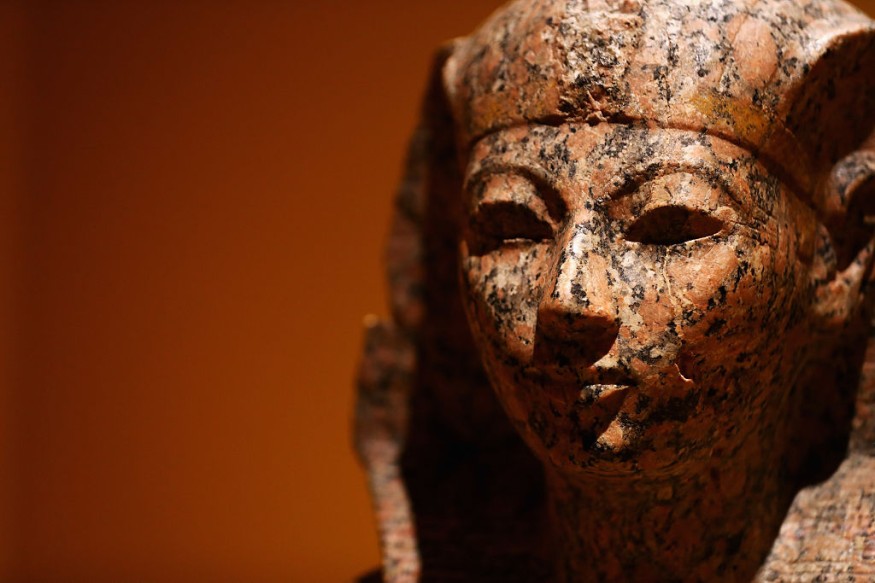A new historical study has successfully assembled the pieces of an unknown face that dates back 2,600 years ago during the reign of ancient Egypt. The experts believed that the face was from a mummified female named Shep-en-Isis or Schepenese.
The face reconstruction was processed due to the mysterious face of the Egyptian mummy, which is being kept in Switzerland. After successfully generating potential marks on the subject's facial structure, it was found that Shep-en-Isis had a protruding teeth collection and set of deep brown eyes. The research was made possible through a computerized tomography (CT scan) and was referenced after the morphological model gathered from various testings.
Shep-en-Isis Unearthed from Ancient Egypt's Deir el-Bahari

Shep-en-Isis was first discovered in 1819 from the depths of a burial site located on the western bank of the river Nile. The place known as Deir el-Bahari, was where the complex tombs and mortuary temples were built during the ancient Egyptian civilization. A year after the excavation, the archaeological find was transported to Switzerland. Today, Shep-en-Isis lies in St. Gallen's Sao Galo Abbey Library.
Shep-en-Isis had inscriptions on her casket, a sign given to members of a wealthy family during ancient times, according to experts. The status of Shep-en-Isis allowed her to acquire formal education sometime during the seventh century BC.
She was also recognized as a daughter of a priest in the great city of Thebes. Unfortunately, Shep-en-Isis lived among the 26th dynasty of Egyptian rulers, which in history marks the last reign of ancient Egypt. Further details regarding her family remain a mystery.
The face reconstruction of Shep-en-Isis was made through the joint efforts of Sicily's FAPAB Research Center and experts from Australia's Flinders University. The study was also supported by a renowned 3D specialist from Brazil, Cicero Moraes.
3D Facial Reconstruction of Shep-en-Isis
Moraes was able to perform facial reconstruction of many popular individuals of history, including the face of Mary Magdalene and Jesus Christ. The study was assisted by Saint Gall's Abbey Library, which possesses specialized CT scanners dedicated to mummy imaging.
The face reconstruction highlighted Shep-en-Isis' teeth collection, which was preserved since 1820. The proportioned skull of the lady also suggests that she was probably among the most beautiful personalities at the time.
The facial reconstruction had each of the layers assembled thoroughly. The minor details from her living layers were also useful to define her appearance. Adding tissue gave more life to the 3D model, complete with hair and even freckles on the nose.
The Egyptian tomb where Shep-en-Isis was unearthed is a 'family tomb' located inside the mortuary temple of Pharaoh Hatshepsut. Her father, Pa-es-tjenfi, was being kept by historians in Berlin. Flinder University expert Michale Habicht said in a DailyMail report that the mummified woman was probably born around 650 BC based on the anatomical age of the remains and the complex design of her coffin. Shep-en-Isis died sometime between 620 and 610 BC.
The mummified ear of Shep-en-Isis made the assembly easier for the experts. However, the authors are not certain of some features of the Egyptian woman, including the accurate eye color and skin complexion. Jewelry and other clothes were not included in the reconstructions due to the subjects being hypothetical assumptions. The study is published on ResearchGate, titled "Facial reconstruction of Shep-en-Isis (Schepenese) in St. Gallen."
RELATED ARTICLE : Sumerian Tubes First Thought as Scepters Confirmed as Ancient Straws for Drinking Beer
Check out more news and information on Archaeology in Science Times.
© 2025 ScienceTimes.com All rights reserved. Do not reproduce without permission. The window to the world of Science Times.












